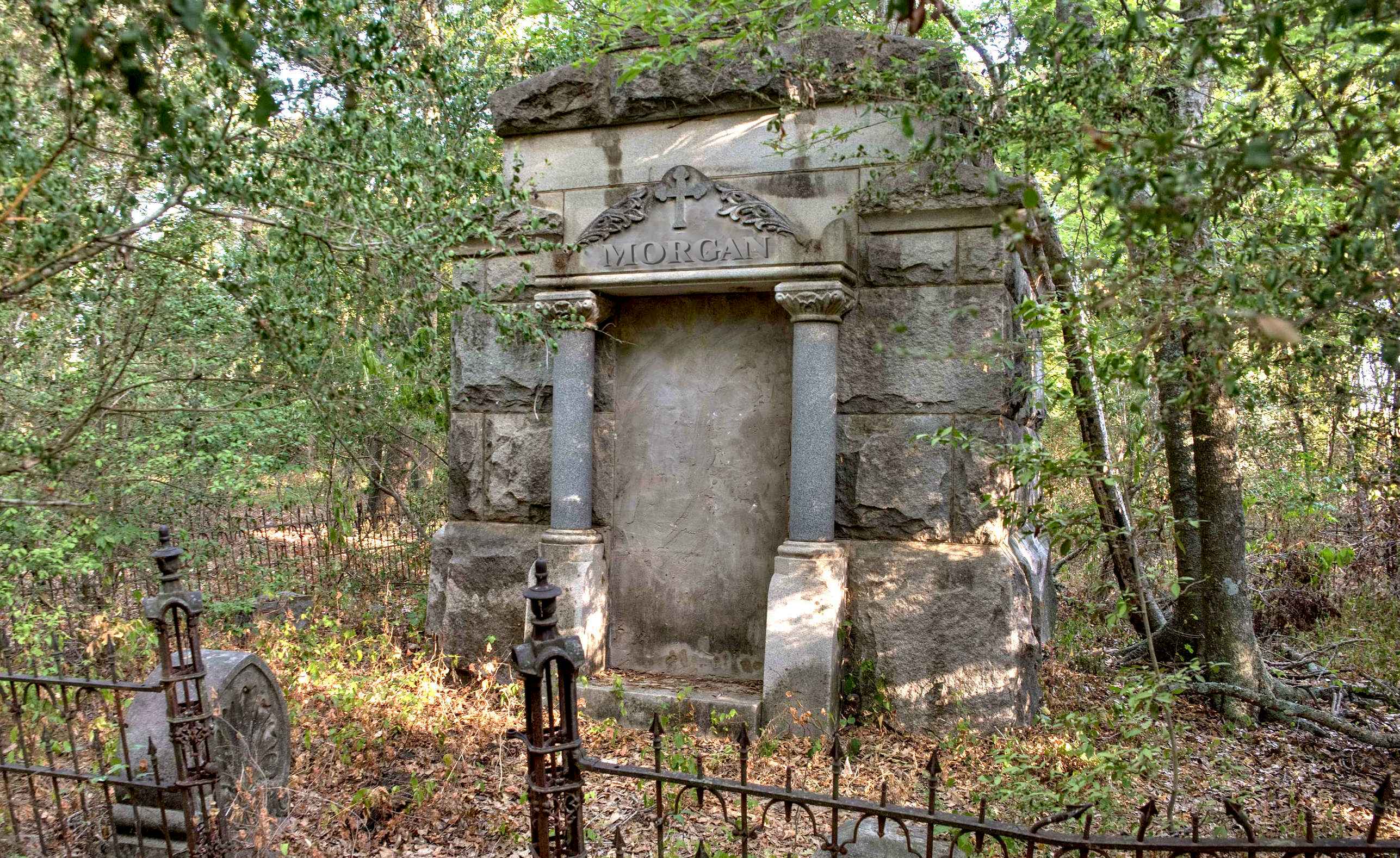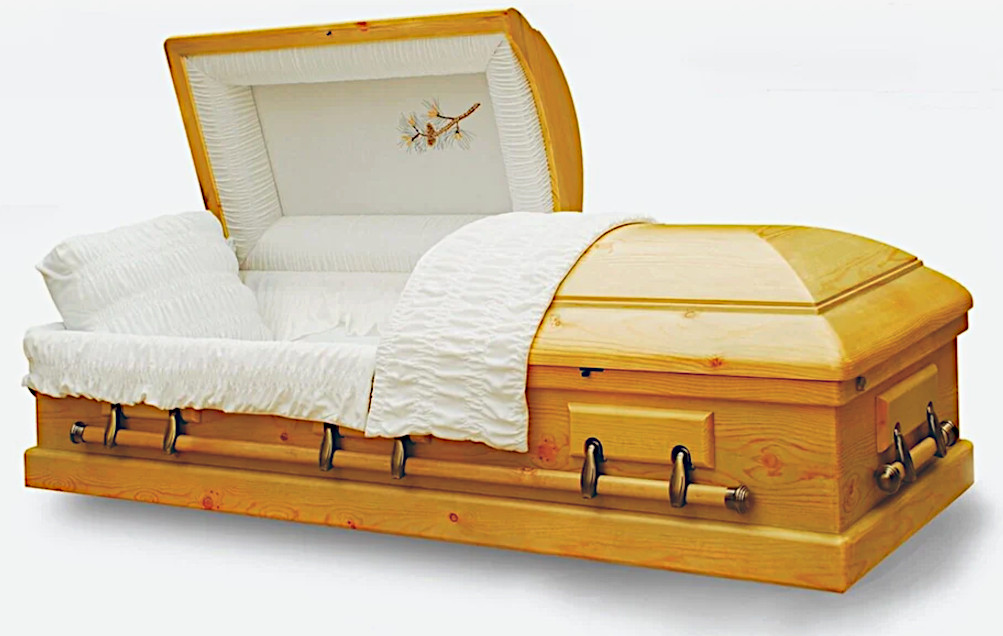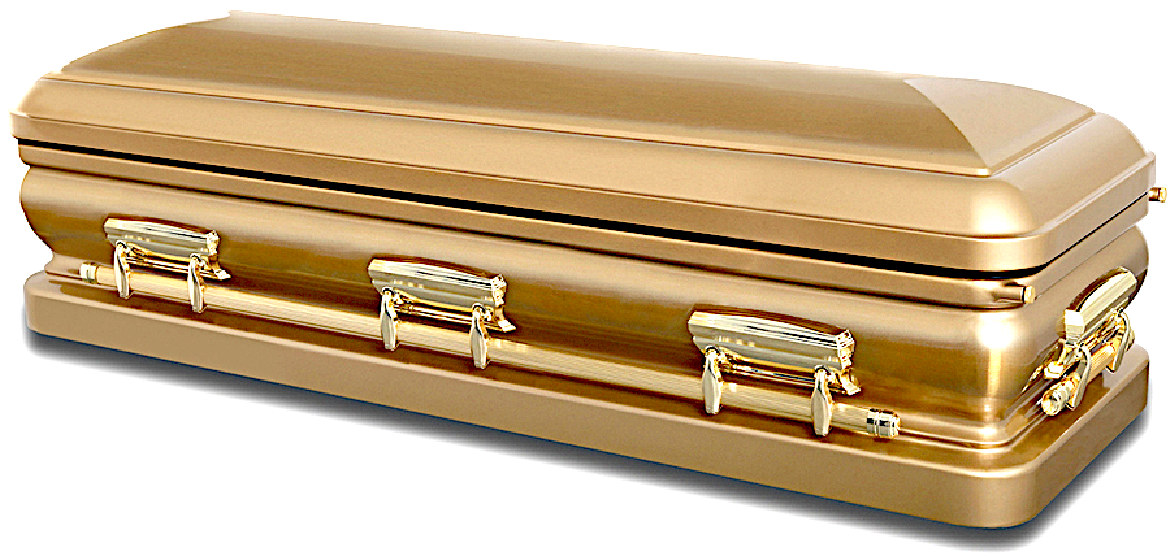
Sir
Henry Morgan was a pirate turned privateer, who raided
Spanish ships in the Caribbean,
giving over 10% of his booty to the English Crown, in
exchange for license. Percentages also went to other
parties, before finally being divided up amongst the crew.
You might imagine how the tally would reach staggering
proportions, when you consider just how many ships and
forts, the Welshman captured.
A mausoleum is a final resting place that provides an above-ground interment within a building-like structure.
Typically built of stone, granite, marble and the like. Often, mausoleums have a vestibule, or entrance room, where family members can visit their loved one in an environment protected from the elements. The mausoleum can contain crypts for caskets or niches for urns.
The fifth wonder of the world is a mausoleum built for King Mausolus who ruled over part of Asia Minor and died in 353 B.C. The word mausoleum stems from his name.
One
advantage of an above ground vault, is that the coffin (if
treated against dry/wet rot and boring insects) will last a
very long time. If a casket is going into the ground, to be
covered with earth, and in many cemeteries, then, if made of
wood,
a coffin is sure to suffer the ravages of time. Water will
also leak into most wooden coffins.

A
beautiful steel casket, with navy blue lining in velvet.
ACTS
OF GOD - DIVINE INTERVENTION
Divine intervention is an event that occurs when a deity (i.e.
Gods or a god) becomes actively involved in changing some situation in human affairs. In contrast to other kinds of divine action, the expression "divine intervention" implies that there is some kind of identifiable situation or state of affairs that a god chooses to get involved with, to intervene in, in order to change, end, or preserve the
situation; an act of God.

A
solid pine box, crafted cedar wood, with white lining

A
stainless steel casket, half couch, gasket sealed, with soft
pink interior.

Ashes
to ashes, dust to dust. RIP, a nice funeral with roses.

Not
solid gold, but a nicely plated and polished, steel casket

A
solid bronze full couch casket with white interior.

The
same solid bronze gasket coffin, closed.
CASKETS
VS COFFINS
Caskets are not the same, although they are often used interchangeably to describe a container for cremation or burial.
The main difference between a coffin and a casket is the shape. A coffin’s shape is tapered along the lines of the human body’s typical proportions – wider at the top and narrow at the bottom, like a kite with six to eight edges. The shape of a casket is rectangular - it has a lid that can be half-opened to view the person at the service or wake.
Usually caskets are the most expensive option as they are bulkier and more elaborate than the standard coffin. They can cost several thousands of pounds depending on material, design and interiors. One can imagine the last wished of a wealthy person, might request an exquisite design made of exotic materials. In
Ancient Egypt gold was high on the menu.

Full
couch casket Dimensions: Exterior: 81L x 28.5W x 23.5H - Interior: 79” x 23.5” x 20”
- Weight: 240 pounds
in
Stainless
Steel, Bronze or painter Steel. If made in wood, like
that shown above, a basic box is called a coffin.
WHY ARE WE BURIED IN COFFINS & CASKETS?
The earliest origin of the word coffin can be traced back to the Greek word kophonos meaning “basket”.
The practice dates back from Egyptian times when embalmed bodies were preserved in a
sarcophagus that was placed in the
pyramids. As part of some funeral rituals, the ancient Celts also buried the bodies of the dead in coffins made from stone and natural materials.
One of the reasons people started burying the dead was to preserve the body from decay, and also to protect it from wild animals or natural causes such as floods that could wash away the remains. Sturdy coffins were also believed to protect the dead in the
afterlife.
The more robust the casing, the better to survive the ages.

St.
Paul's Cathedral in Palencia, Spain

The
Catacombs in Paris, France
POPULAR
CULTURE
In popular culture, another key difference between coffins
and caskets is the connotation. For example, when we think of the word “coffin,” we normally think of
vampires,
zombies, and horror stories.
Or even Clint
Eastwood's cowboy movies: "Get three coffins
ready. My mistake, four coffins." The word “coffin” is
scarier and it hits you over the head with the idea of death.
The term “casket,” on the other hand, does not
immediately evoke images of monsters or send shivers down your spine. Caskets are comforting,
cushioned, upholstered, and therefore more dignified; they are a
cleaner, and a much more comfortable final resting place for
your loved ones.

A
brick built Crypt in Poland
HOW WE PROGRESSED FROM COFFINS TO CASKETS
In 1700, English law changed to allow people of all creeds and classes to be buried in coffins; prior to this, only the wealthy were buried in coffins and everyone else was wrapped in a shroud. In
Colonial America, coffins became widely used both to transport the body and for burial. The 6-sided coffin was traditionally made out of
wood, and designed to easily accommodate the loved one’s shoulders and feet, without too much extra room.
Until the American
Civil War, coffins were the no-frills default for burial. However, the Civil War sparked a revolution in funeral arrangements. Because of the massive scale of death and the fact that so many sons and fathers died so far away from home, the original funeral director was born. Embalming
in the modern world was in its infancy, a lost art from Ancient
Egyptian mummification. These early funeral directors would pull bodies from the battlefield, embalm them, and send them back to the family for a nominal fee. At
that time, embalming was necessary for transporting bodies by train without disturbing other passengers with the smell. It also kept the body from deteriorating until the family could say goodbye.
A kind thought in a cruel world.
The re-invention of embalming sparked a new ideal for the beautification of death. Before this time, death was witnessed in the home and the unpleasantness of it was a normal part of life.
Embalming and early funeral directors spread the idea that death should be neatened and made more palatable for the benefit of the family. One part of this change was a shift from coffin to casket.

METAL GASKET CASKETS
Metal caskets are also able to seal; this is called a gasket casket. The purpose of the seal is to keep out
water, air, and moisture. If you are concerned about preservation, you may want to consider getting a metal casket. This does not mean that non-gasket caskets will leak or become filled with
water. Standard caskets are normally buried within a vault, which can also protect the casket and your loved one from the elements.

JOHN STORM'S OBSESSION WITH DNA
In the John
Storm (franchise) of ocean and subsea, or
innerspace adventures, the protagonist's leanings toward
anthropological and evolutionary studies, bordering on obsession,
leads him into direct contact with human remains in all
states of preservation and lack thereof. The Elizabeth Swann
houses the largest, and most comprehensive DNA
database in the world, called The Ark, from which the
Captain of the ship, working with super AI
computers, can recreate virtually any species of flora or
fauna. Including splicing and defect corrections.
He
thus becomes an expert on the subject on preparations for
life after death interment, or total lack of, at the other
end of the scale.
REFERENCES
https://www.












